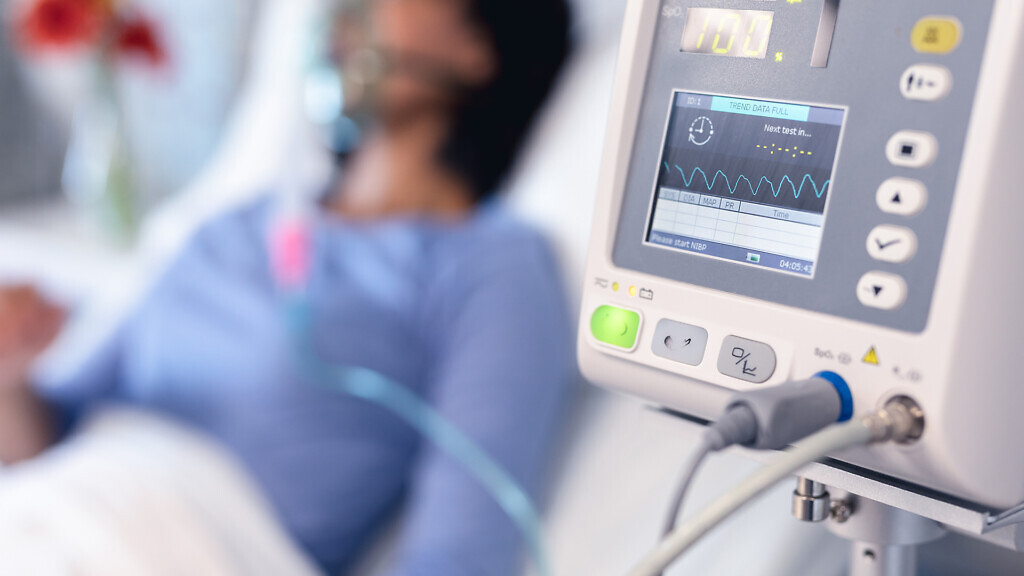Last week was the busiest yet for the NHS this winter with 96% of adult general and acute hospital beds occupied thanks to flu, COVID and difficulties in discharging patients.
Last week – the second week of January – was the busiest yet for the NHS this winter as they were hit with high virus rates which have left hospitals packed with patients.
Figures from NHS England show that more hospital beds were occupied last week than at any point so far this winter, with 96% of adult general and acute hospital beds occupied.
“Despite NHS staff doing their level best, the experiences of patients this winter are unacceptable. Annual winter pressures, which will always exist, should not automatically lead to an annual winter crisis,” said health and social care secretary Wes Streeting.
What has added to the problem is the difficulty in discharging patients as well as the rise in the number of patients with COVID.
Almost one-in-seven occupied hospital beds were taken up by patients who were fit to be discharged. As winter viruses and cold weather continue to create enormous pressure on front-line services – leading many hospitals to declare critical incidents – there were also 1,112 patients in hospitals with Covid on average every day last week.
“The inability to discharge patients who are well enough to go home but can’t be due to the lack of appropriate social care is having a detrimental knock-on effect into our A&Es,” said Adrian Boyle, president of the Royal College of Emergency Medicine.

Challenging surroundings
“Staff are working incredibly hard in sometimes challenging surroundings, but winter viruses are much higher than usual for this time of year,” said Julian Redhead, NHS National clinical director for urgent and emergency care.
“This coupled with the cold snap and problems discharging patients means hospitals are jampacked with patients – even as more beds have been opened to manage increased demand,” he continued.
Flu cases in hospitals are in decline. Some indicators suggest that activity may have reached a peak, and has declined in recent weeks to medium levels according to the UK Health Security Agency (UKHSA).
It said that flu positivity had decreased with a weekly mean positivity rate of 20.9%, compared to 28.4% in the previous week based on a percentage of people who tested positive among those with symptoms tested.
“Flu activity is currently heading in the right direction, falling from high to medium levels overall this week,” confirmed Conall Watson, consultant epidemiologist at UKHSA.
Nonetheless, Redhead has warned today that hospitals are “not out of the woods yet”. Flu rates are still 3.5 times higher than last year – 4,929 patients were in hospital with flu on average each day last week.
Ahead of winter, the NHS put in place measures to manage extra demand including upgraded 24-hour coordination centres, support for frequent users of A&E services, strengthening same-day emergency care and providing more care in the community. NHS teams have also delivered a total of 29 million flu, Covid and RSV vaccines since the autumn campaign kicked off.



